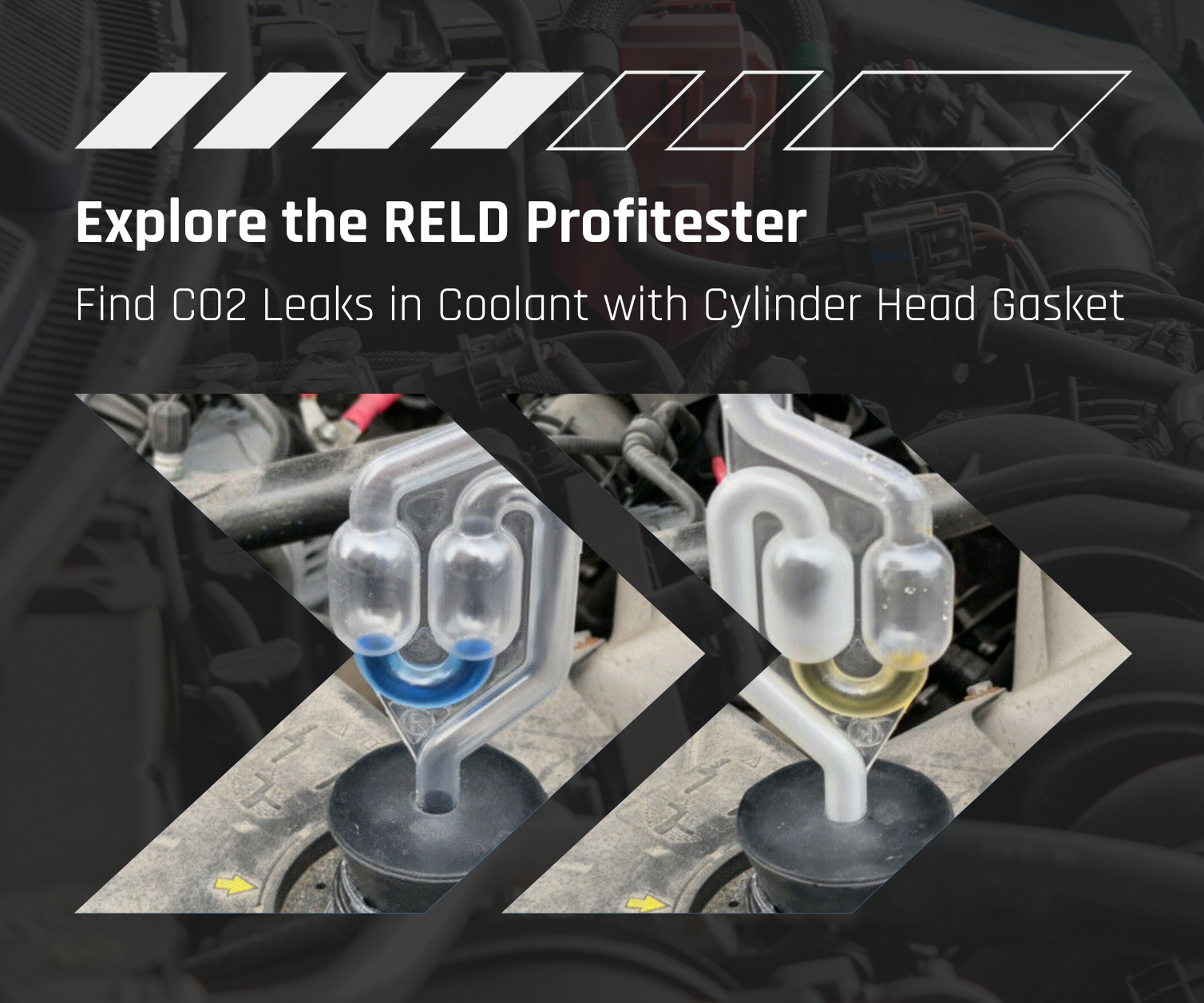Explore the RELD Profitester: Find CO2 Leaks in Coolant with Cylinder Head Gasket

Signs of a CO2 Leak in the Cooling System
It is crucial to know the warning signs of a CO2 leak in the cooling system to take timely action. The most common signs include unusual noises from the engine bay, an overheated engine, white smoke from the exhaust, and oil in the coolant. These symptoms indicate that a check with a cylinder head gasket tester may be necessary.
Choosing the Right Cylinder Head Gasket Tester
There is a variety of testers available on the market. When choosing, it's important to consider quality and compatibility with the vehicle type. High-quality testers provide more accurate results and are more durable. Additionally, user-friendliness and the availability of spare parts should be taken into account.
Preparing for the Test
Before starting the test, all necessary tools and materials should be prepared. These include the cylinder head gasket tester itself, protective gloves and goggles, and, if necessary, an instruction manual. Safety precautions should always be observed to avoid accidents and damage to the vehicle.
Performing the CO2 Leak Test: Step-by-Step
- Step 1: Vehicle Preparation - Ensure that the engine has cooled down before starting the test. Then, carefully open the coolant reservoir to release pressure.
- Step 2: Applying the Tester - Follow the manufacturer's instructions to correctly attach the tester. Add the required reaction fluid and connect the device to the coolant reservoir.
- Step 3: Reading the Results - Start the engine and observe the colour change of the reaction fluid. A colour change indicates the presence of CO2, which may indicate a damaged cylinder head gasket.
Interpreting the Test Results
After the test, it's important to interpret the results correctly. Unchanged reaction fluid colour indicates an intact cylinder head gasket. A colour change, on the other hand, signals the presence of CO2 in the cooling system, which may indicate a damaged gasket. In this case, further examination or repair by a professional is recommended.
Common Mistakes When Using the Tester
Common mistakes when using the cylinder head gasket tester include not following the instructions, using it on a still hot engine, and misinterpreting the results. To obtain accurate results, it is crucial to follow the manufacturer's instructions precisely and seek professional assistance if in doubt.
Maintenance of the Cylinder Head Gasket Tester
Proper maintenance of your cylinder head gasket tester is crucial to ensure its accuracy and reliability over an extended period. Here are some essential steps to consider:
- Cleaning: After each use, carefully clean the device. Remove all residues of the reaction fluid and ensure that no impurities remain in the tester that could affect the results of future tests.
- Checking for Damage: Regularly inspect the tester for possible damage such as cracks, leaks, or other signs of wear and tear. Early detection of such issues can help prevent major failures or inaccuracies in future tests.
- Storage: Store the tester in a dry and clean place. Extreme temperatures and moisture can affect the material of the tester and should, therefore, be avoided.
- Checking the Reaction Fluid: Ensure that the CO2 Reaction Fluid is not expired and is available in sufficient quantity. Replacing the fluid may be necessary to ensure accurate results.
- Regular Functional Tests: Conduct regular tests to ensure that the tester is functioning correctly. This may involve testing the tester on a vehicle with a known cylinder head gasket condition to verify accuracy.
By following these maintenance guidelines, you can extend the lifespan of your cylinder head gasket tester and ensure that it consistently provides reliable and accurate results.





Comments : 0